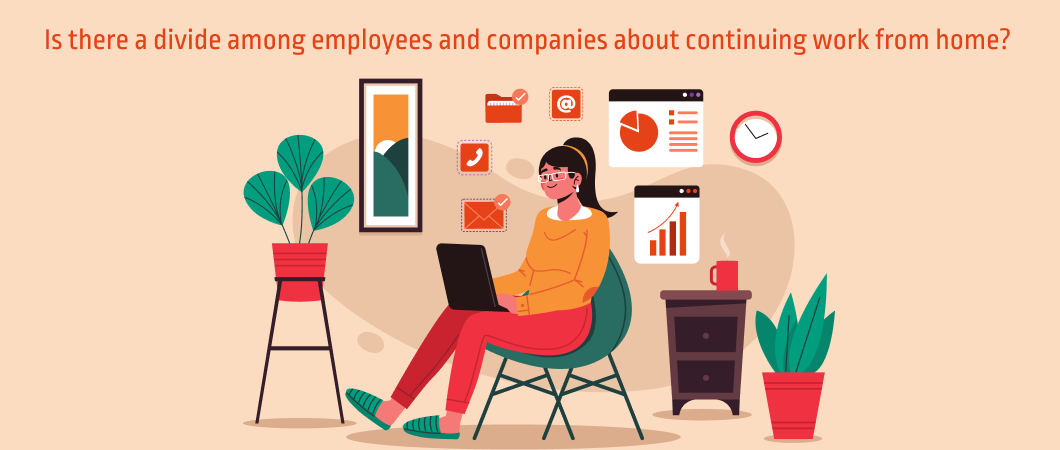Silicon Valley is Dead. Long live Silicon Valley.
The headlines on the demise of Silicon Valley surface every now and then. The Economist recently reported that the entrepreneurial party at Silicon Valley was over. They stated that “its lead over other tech hubs” was narrowing. The New York Times also published an article stating that ‘Silicon Valley Is Over, Says Silicon Valley’. The NewYork Times article was based on an event where a few venture capitalists toured some ‘rust belt’ locations and discovered that there were startups everywhere. One of the investors, Robin Li commented, “This is nicer than San Francisco.” Strangely enough, nowhere in the article do any of these investors announce the end of Silicon Valley
While there has been a steady rise of innovation centers in non-traditional areas like Youngstown, Ohio, South Bend, Indiana or Flint, Michigan, it is fairly audacious to assume that the rise of such centers should signal the end of Silicon Valley. However, the time has proven that the rise of an innovation center elsewhere is almost always followed by stories of the death of Silicon Valley.
Much like Alice in Wonderland, things get ‘curiouser and curiouser’ for the naysayers as they see Silicon Valley succeed while funding so many failures. However, it would be like burying one’s head in the sand if I was to say that things are exactly the way they were a few years ago. Yes, there are numerous reports out there that prove companies and founders, both established and startups, are leaving the Valley. Tech elite like Peter Theil and Tim Ferris are moving out. Reports show that San Francisco lost more residents than any other place in the US in the last quarter of 2017. Public Relations firm Edelman conducted a survey which revealed that 40% of Bay Area residents would happily consider moving out of California.
The promise of better opportunities
Some of the key reasons of this movement, (‘exodus’ is too strong a word to be used here), could be attributed to the prohibitively high cost of living, rising congestion, and declining quality of life. One has to pause and think here. Especially from the startups/SME point of view. Startups and smaller companies do have options emerging in other locations. Stories abound of a steady decline in investments in the Valley. The Economist claims that Silicon Valley VC’s put in 50% of their funding into startups in other US cities. That number has grown by two-thirds. Despite this, the magazine itself admits that Silicon Valley receives a full third “of the total invested in US companies, and “no other area comes close.”
Fading innovation?
We conveniently assume that ‘innovation’ is exclusive to tech startups. However, there are thousands who come to the Valley each year in search of inspiration for innovation for new business and service models. Both foreign and national companies continue to look towards the Valley to launch innovation centers and accelerators as well as innovation labs, Capgemini’s Applied Innovation Exchange and Verizon’s Innovation Center being just 2 examples.
In a rush to write off Silicon Valley, we may be ignoring the rise of the fast-growing Mission Bay neighborhood that recently welcomed companies like Celgene and Bayer. And coupled with that are the associated infrastructure developments such as the nearing-completion Golden State Warriors stadium, the new light rail transportation line, etc.
The Bay area has the 19th largest economy in the world. It itself ranks above Switzerland and Saudi Arabia. The Valley to most is not even a place. It is an idea. And ideas change. Yes, Silicon Valley is changing. But it is not going anywhere. While startups and small companies can potentially innovate anywhere but do those places compare with the multi-layered tech ecosystem that the Valley provides? Added to this are its intellectual capital and the talent factories –the likes of Stanford and UC Berkeley. According to a McKinsey report, 2,948 companies have been started by UC Berkeley and Stanford graduates. This is three times as many as from Harvard or even MIT! Clearly, the roots of the intellectual and technical foundation run deep here.
And then there are companies who continue to survive and do well in this prohibitively expensive ecosystem. They are able to do so by using their resources at hand wisely…whether it is by controlling their operations costs by outsourcing their product development to bring costs down without compromising on their product quality. To my mind, this is a key weapon in the arsenal of the successful Silicon Valley startup-done-good. This way you get the best of what the Valley has to offer and still escape the crushing costs of operating here.
Innovation has been Silicon Valley’s brand, with companies like SAP, Qualcomm, Panasonic, Samsung, Ford Motor Company, Volkswagen and the like setting up their ‘Silicon Valley Innovation Lab’ here to establish their innovation capabilities.
I do think that the Bay Area will not remain on top of the world forever. However, it would be wise to exercise caution before announcing its imminent demise. The challenges are many, but none of them are as insurmountable as projected. And while it might seem that the times they are a-changing, the mantle of tech innovation will continue to reside with the Silicon Valley for many more years to come.



